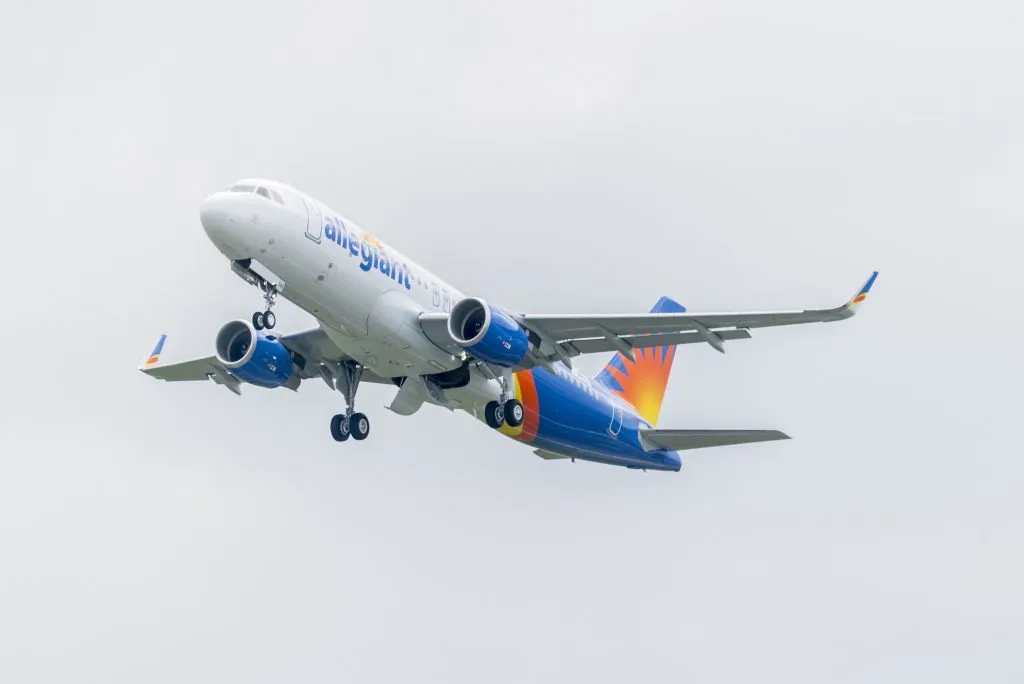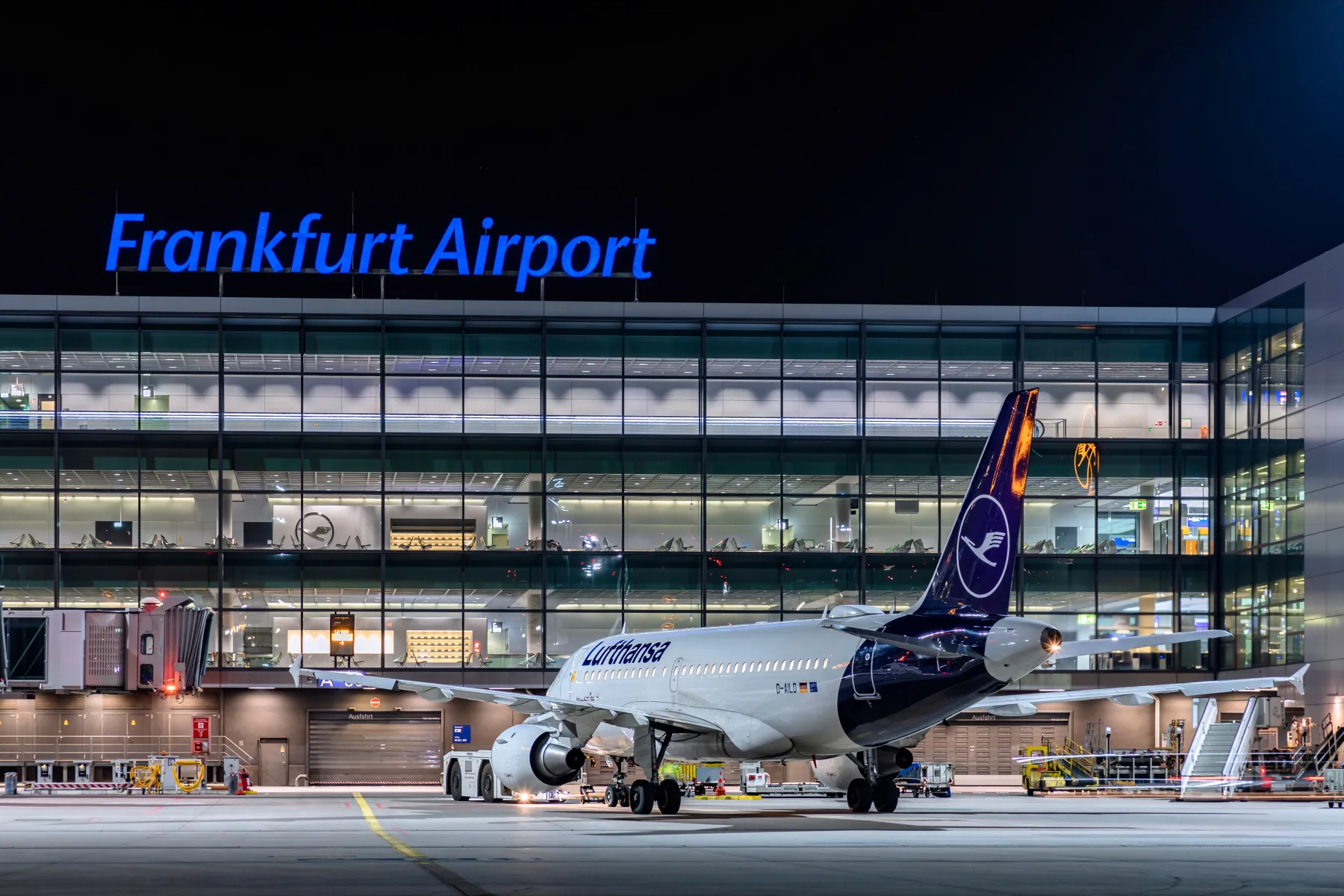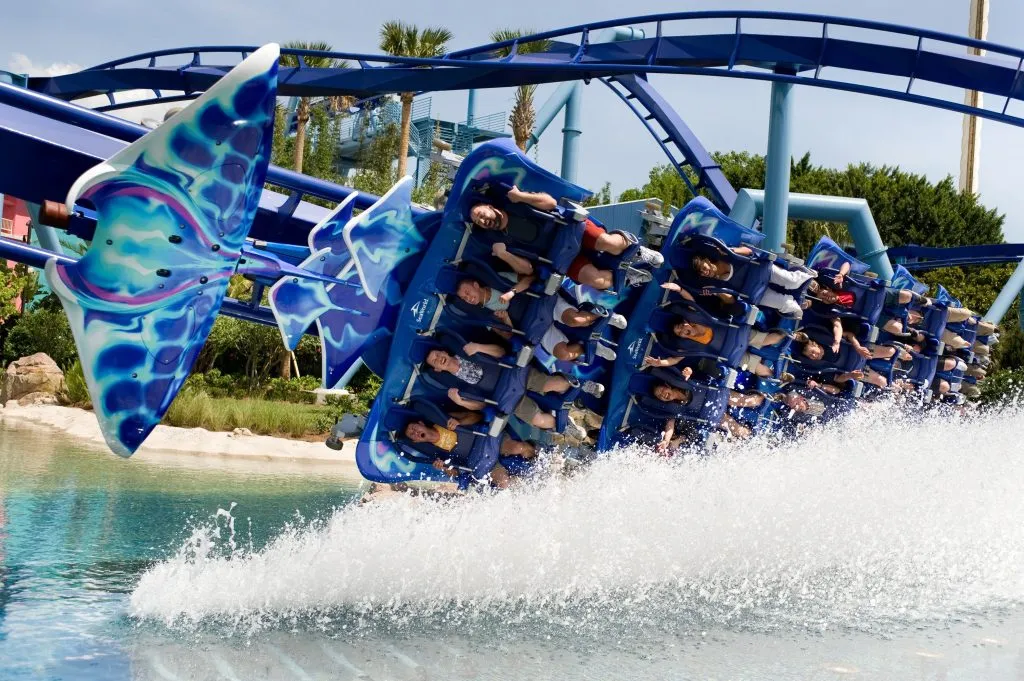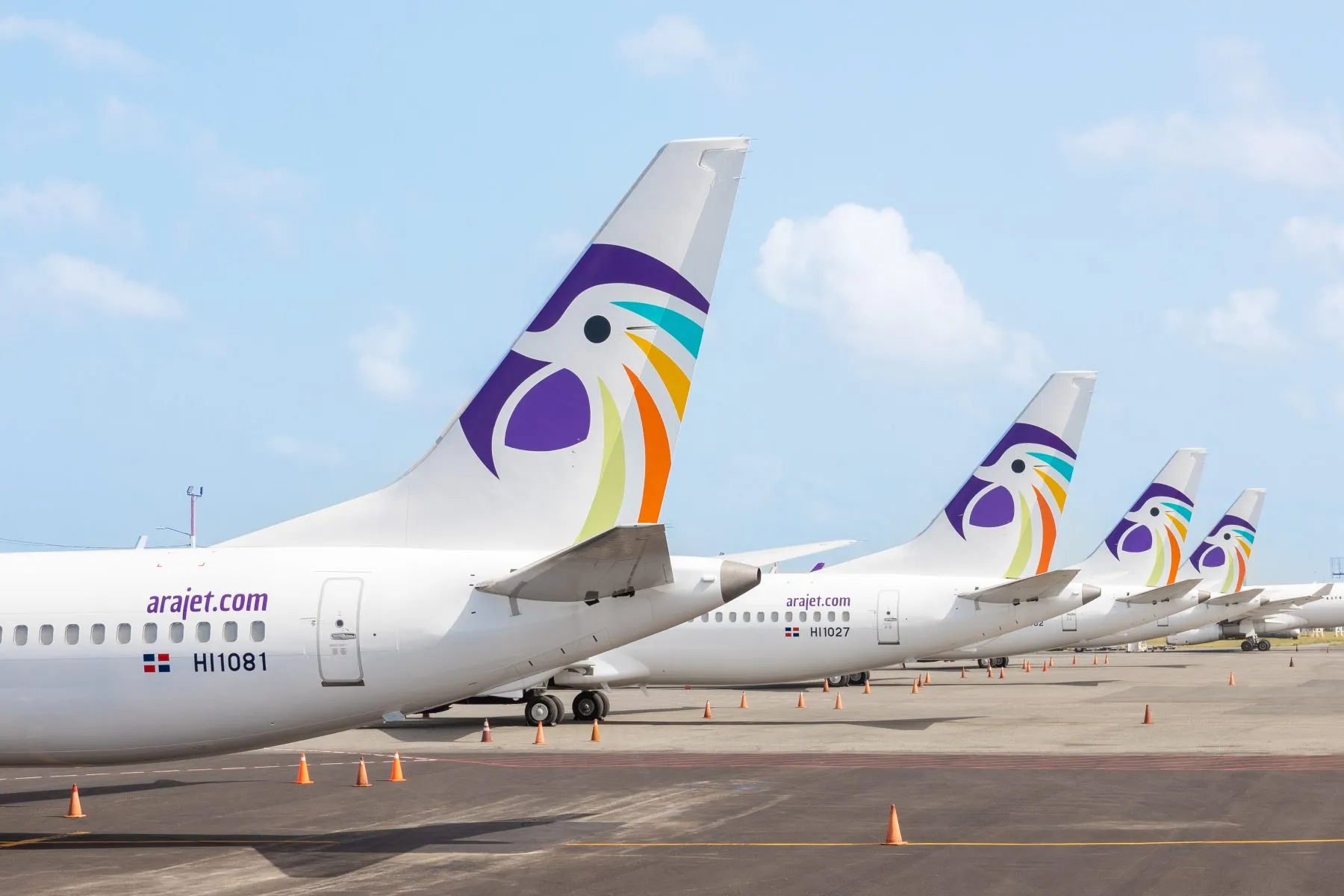Allegiant Air Remains Solidly Profitable Despite Higher Fuel Prices and Other Challenges

Skift Take
Allegiant Air continued to generate big profits in the second quarter, despite facing several challenges that include rising fuel prices, an aircraft shortage, a key executive's departure, and an investigative news report questioning the carrier's maintenance practices.
After markets closed Wednesday, Allegiant reported net income of $50 million on total revenues of 436.8 million, giving the airline its 62nd consecutive profitable quarter, even though its fuel price per gallon rose 39 percent compared to last year.
Allegiant's total revenue per available seat mile, or TRASM, which measures how much money an airline makes for each seat flown one mile, increased 0.5 percent, year-over-year. Its average fare fell 4.6 precent, but it made up much of the difference by selling more ancillary products to passengers.
The earnings report came roughly three months after a CBS 60 Minutes report asked whether the airline, which is obsessed with cost control, is too cavalier about maintaining its airplanes. But while executives said in April they noticed a short-term affect on bookings after the report, Allegiant had little trouble filling its airplanes at competitive fares during the quarter, with a load factor of 85.5 percent, up one point, year-year-over year.
Warning to Investors
However, Allegiant indirectly warned the rest of the year might not be so rosy.
In a move that caught the attention of investment analysts, Allegiant changed its guidance for full-year earnings per share, predicting $9 to $10, rather than $10 to $12. The airline warned its 2018 fuel bill would be $35 million higher than it had predicted in November 2017.
Allegiant also said it would fly fewer aircraft than expected this year, because of delays in bringing used Airbus planes into the fleet. Now, by year-end, when it retires its older MD-80 fleet, Allegiant said it should have a fleet of 77 Airbus jets, five fewer than expected.
Allegiant executives said those five planes, which are used, will instead arrive next year, blaming the current undisclosed operator of the planes for the delay.
With fewer airplanes, Allegiant will fly less than expected later this year. It said it will increase capacity by 9 to 11 percent for the full year, rather than 11 to 15 percent as initally planned.
Putting less capacity into the market will help Allegiant's pricing power, said Drew Wells, the airline's vice president of revenue and planning. Wells recently took over from investor favorite Lukas Johnson, now CEO at Canadian ultra-low-cost carrier Jetlines. Since April, Wells said, Allegiant has been trimming flights during off-peak periods.
"We sell to a very price-sensitive customer," Wells said. "We are able to kind of slowly chip away and pass through some fare increases, but it's not going to be an immediate thing for us. The biggest thing we will be able to do is change capacity, which will drive fare increases."
But even if fuel prices remain higher, Allegiant will be fine, CEO Maury Gallagher said. He added it's difficult to respond to a fast jump in prices, but if this becomes the new normal, the airline can adapt.
"Fuel drives near term profits," Gallagher said. "You can't catch up to fuel when it moves like it did this quarter but over time you anticipate that."




